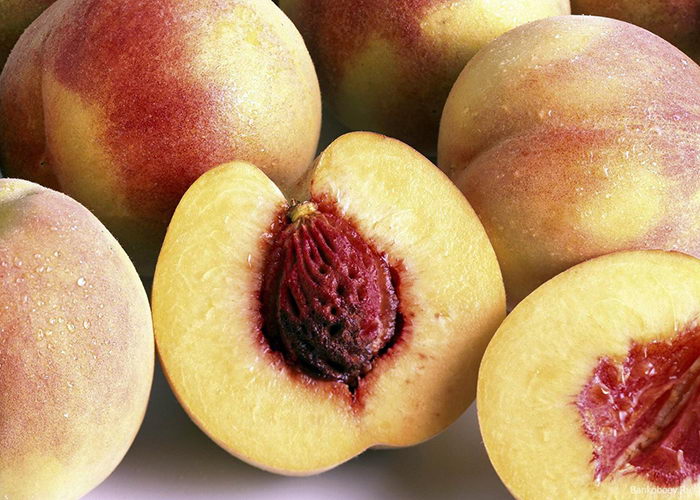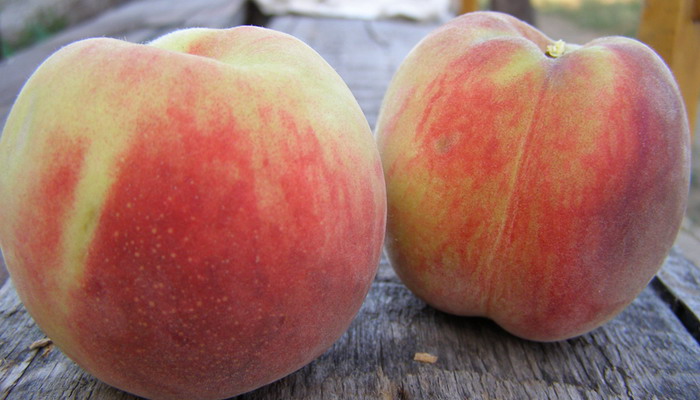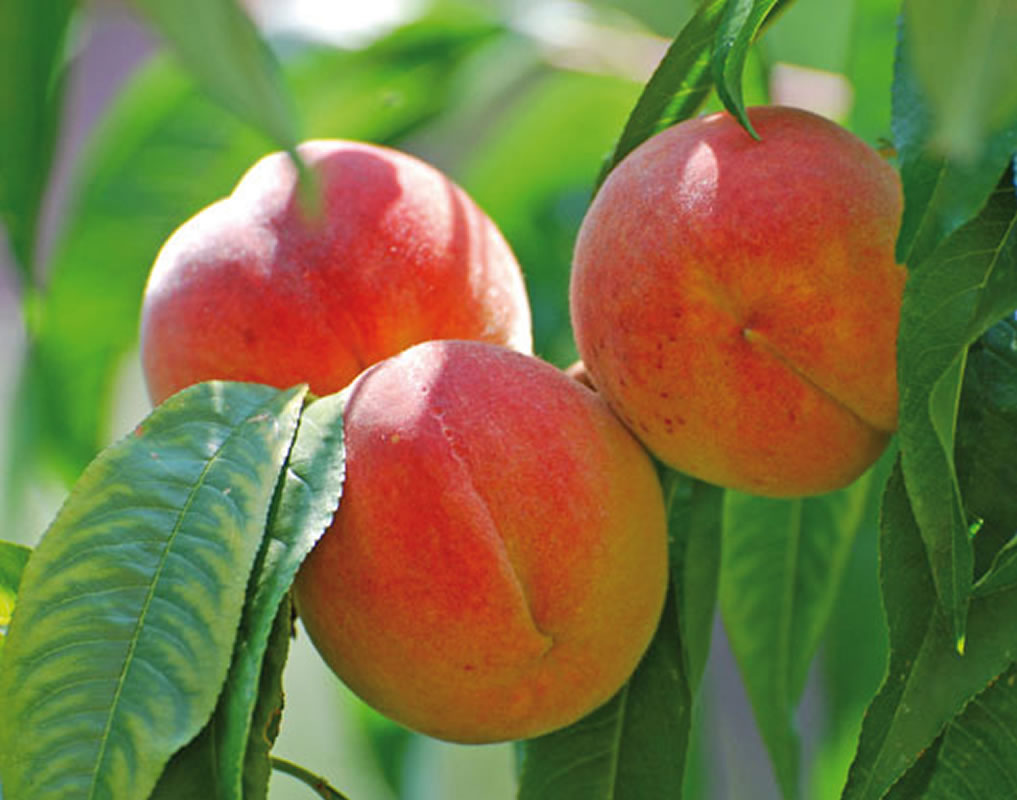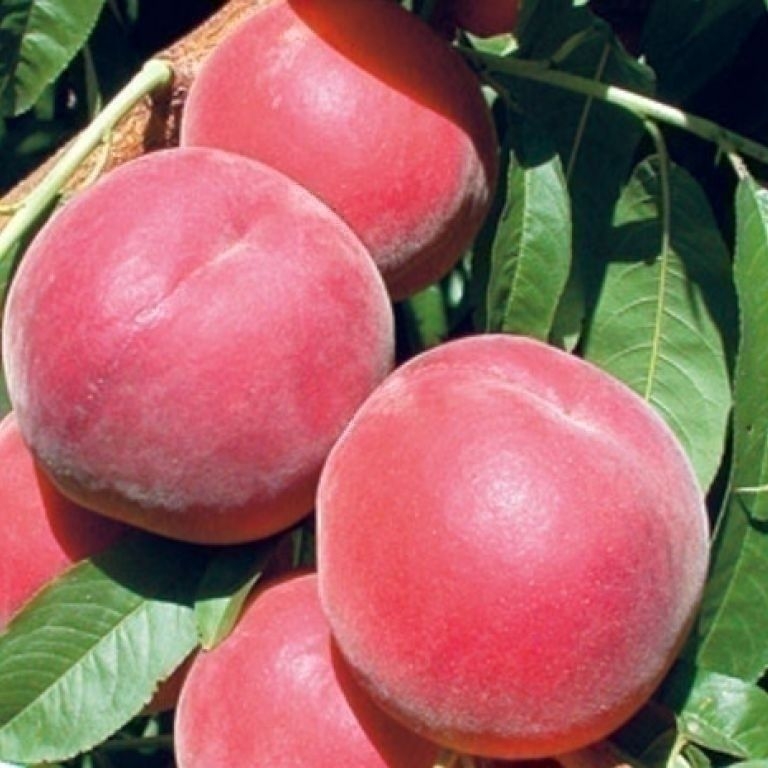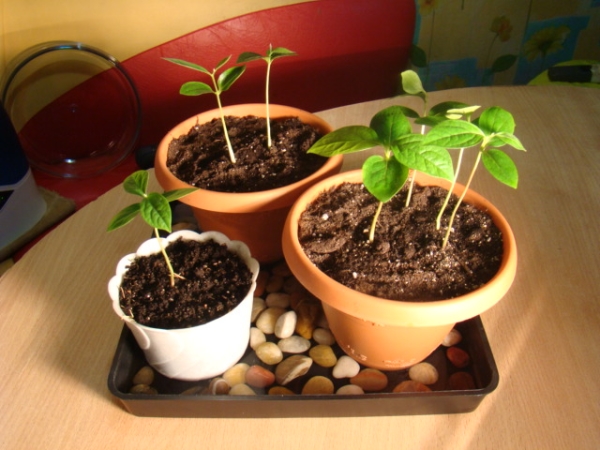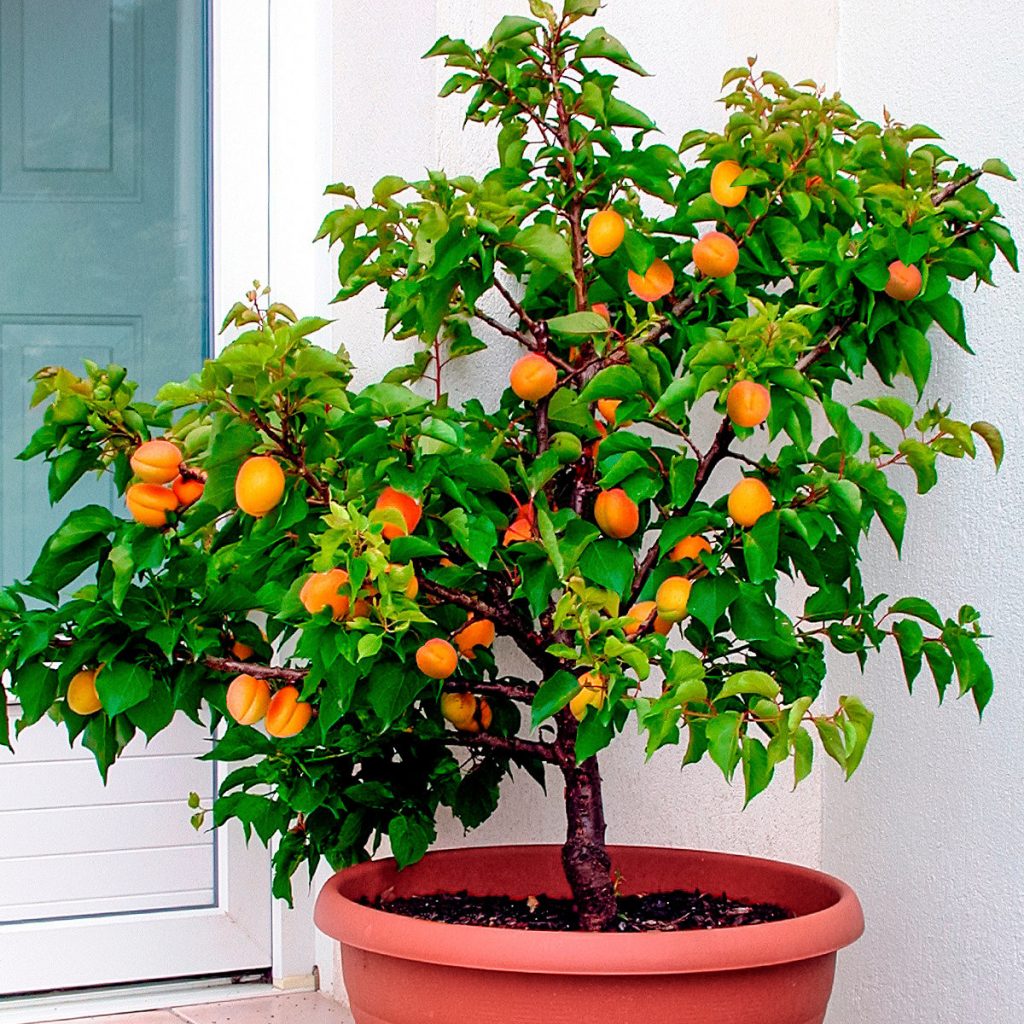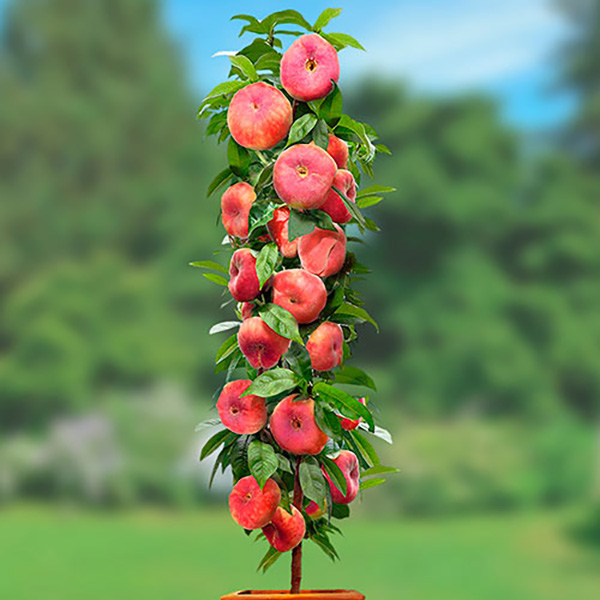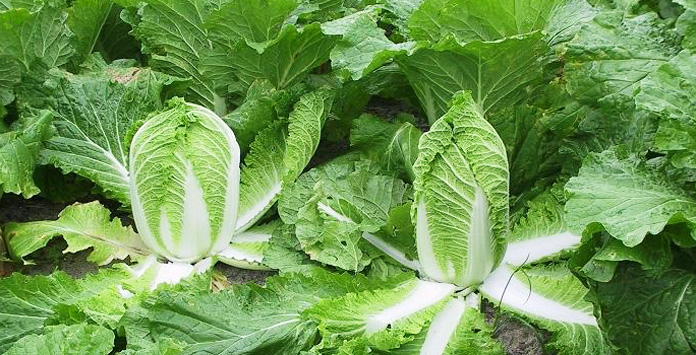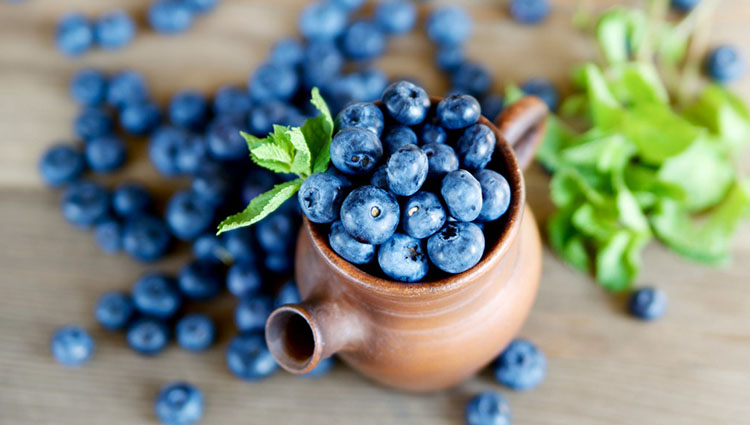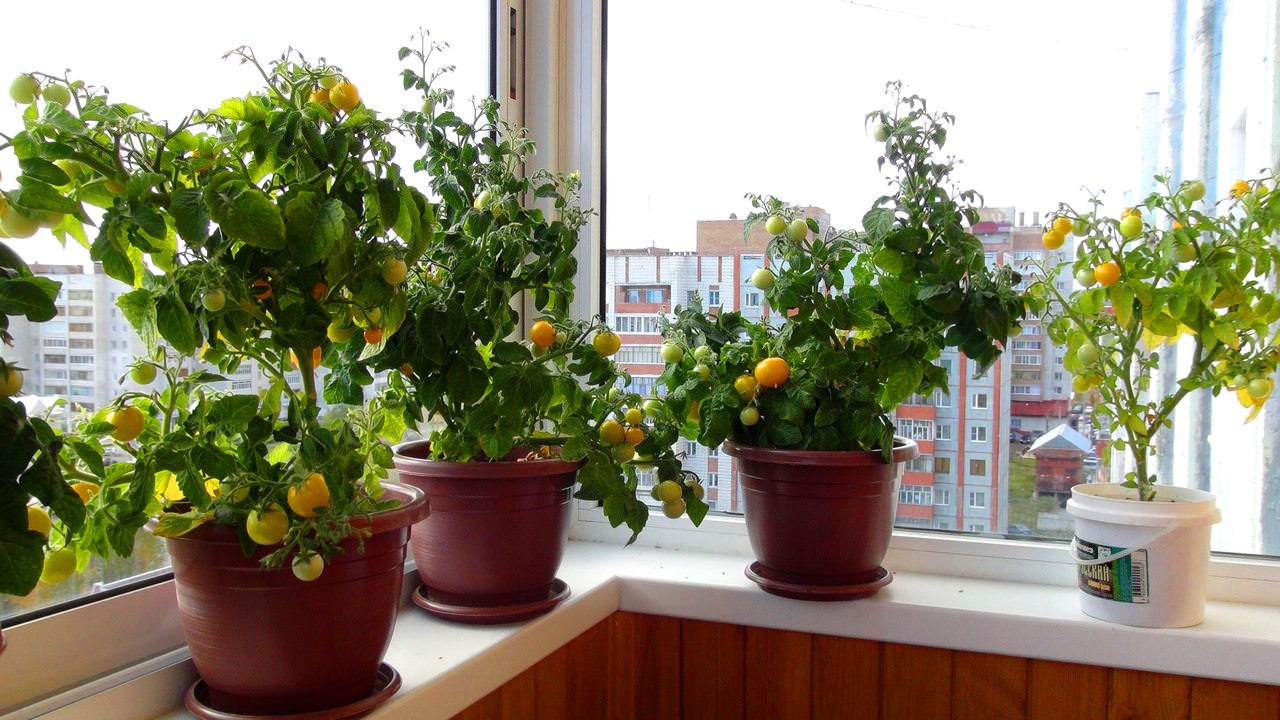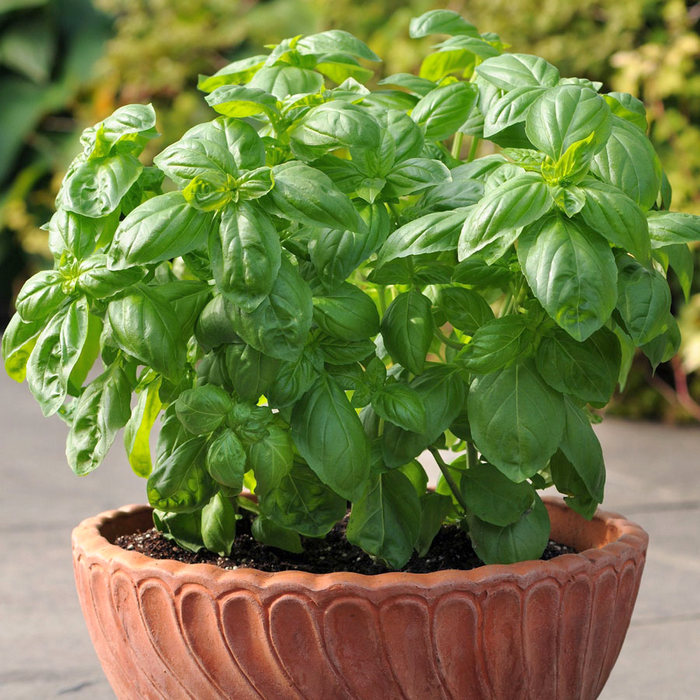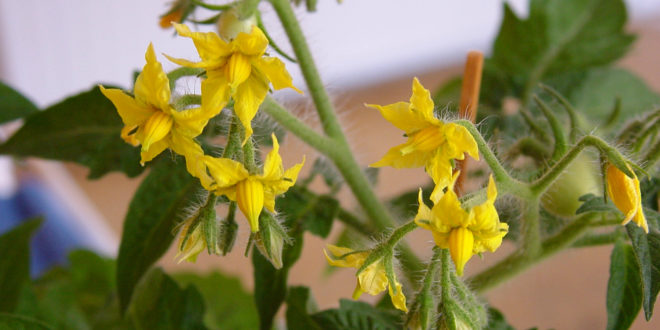Content:
How to plant a peach at home? This thought occurred to many gardeners as soon as a bone was in their hands. To grow it, you need to make a little effort, and the cherished peach tree will flaunt in the country and delight with its beauty, as well as tasty and rich fruits.
Peach description
First, let's take a closer look at the peach tree. Peach is a small fruit crop from the Rosaceae family that forms a wide crown with bright fruits. The fruits themselves have different shapes, but most often they come across a round hollow in the middle and covered with "fluff". The color of the peel and flesh can be from white-pink to red, depending on the species. Elongated bone with "wrinkles" and dimples. It is one of the juiciest and sweetest fruits, native to North China.
Peach is a treasure trove of useful elements. It contains organic acids, vitamins B, C, E, K, H and PP, keratin, almond oil, magnesium, zinc, iron, phosphorus.
People prone to allergies and diabetes should refrain from the abundant use of peaches, since the fruits contain a large amount of sugar. In folk medicine, decoctions from the leaves and flowers of the tree are also used to treat rheumatism and diseases of the gastrointestinal tract. Peaches have a stimulating effect, they are not recommended for people with an unstable nervous system.
Peach varieties
In order for the peach to bear fruit all season (from July to October), you should choose the right variety, taking into account the planting site and weather conditions. There are 3 types: early ripening, mid-ripening and late.
Early ripe
A feature of this species is that the tree begins to bear fruit in 2-3 years. This group includes: Kiev Early, White Swan and Redhaven, Grisboro, Morettini. Early ripe peaches give a harvest from early July to August, have a high yield, and fragrant and sweet gifts are stored for more than a month.
Mid-season
There are a large number of mid-season varieties. The most popular of them: Collins, Cardinal, Golden Moscow, Sibiryak, Saturn, Kremlin, which perfectly adapt to conditions and do not require special care. The main advantage is high yield, frost resistance and good transportability.
Late
Late-ripening varieties bear fruit 5 years after planting the seedling. Such a variety will grow well in southern latitudes. Fury, Frost, Veteran are very resistant to frost and have good taste properties, perfect for preservation.
How to grow a peach from a stone at home
The key to success will be the correctly chosen planting material, but there is one "but": imported peaches are not suitable for planting, since their fruits are not ripe yet, so nothing will grow from such seeds. Pits from local fruits are great: bought at the market or plucked from a neighbor's garden. You need to choose fruits whole, without defects and rot, ripe and large.After removing the pulp, the bone should be rinsed under running warm water, dried and stored in a cool dry place.
There are several ways to germinate a seed.
The first is the cold method (stratification). This method creates cold, humid conditions with a positive temperature and a good air circulation to prepare the seeds for germination. Alternatively, the bottom compartment of the refrigerator or basement may be suitable.
Step-by-step instructions for seed stratification:
- Pour sand or peat, well sifted and cleaned, into a container without a lid.
- Plant the seed 6-8 cm, cover with polyethylene and place in the refrigerator in the fruit compartment.
- Water regularly with a spray bottle, but do not bring to stagnant water so that the bone does not rot.
- After 3-4 months, the seed will give its first shoots.
- Transplant the seedlings into pots with drainage and fertile soil.
- Place the pots in a well-lit area.
- Young shoots do not tolerate sudden temperature changes, so the seedlings should grow for some time at 10 ° C.
- After a couple of days, the sprouts can be brought into a room with a temperature of 18-20 ° C.
There is also a quick way that is suitable for those who do not want to wait. You need to proceed as follows:
- Place the bone in warm water 3 days before disembarkation and change it periodically.
- After 3 days before planting itself, you need to split the bone without damaging the seed.
- Put the seed in warm water for 3 days and change it every day.
- When the seed increases in size, it's time to plant its pot to a depth of 4-6 cm.
- After landing in the ground, it is worth watering and making a "greenhouse" of glass or film, and then every day to ventilate and wipe off the collected water droplets.
- When sprouts appear, the "greenhouse" can be removed.
And the third option, how to grow a peach at home from a stone is a warm way. This is when the bone is simply planted in a pot of soil:
- To germinate peaches, you need to hold the seeds in the refrigerator for several days (mini stratification).
- Then soak them in a growth stimulator for 3 hours.
- Next, plant the seeds in moist soil to a depth of 6-8 cm.
- Make a "greenhouse" and ventilate every day.
- Place the pot in a well-lit place.
- After 3 months, the first shoots will appear, which must be protected from drafts and watered as needed.
Sprout care rules
In order for the peach to grow and bear fruit, further care for the sprouted shoots is required. This fruit is very light-requiring, so it needs to be provided with enough light. For example, use fluorescent lamps or LED phytolamps, the light of which is very close to the sun.
Water the sprout regularly as the soil dries out. In winter, watering is reduced. Water for irrigation should be at room temperature and stand for at least a day, rain or spring water is ideal. Watering is allowed both from above into the ground and into the pallet. After watering, the soil must be loosened so that a crust does not form on the surface.
The grown seedling (at least 25-30 cm in height) in the spring must be planted in a larger container. In addition, the peach in the pot at home should be trimmed periodically. When it reaches 70 cm, side shoots will appear, which will bear fruit in the future, so the seedling should not grow up. The first pinching should be done in the fall at your preferred height. The next year, reduce last year's shoots by 3 buds in order to achieve greater branching, this is how the crown forms.
How to plant a stone peach at home in the garden
Planting peaches in open ground can be done both in spring and autumn.If there are several seedlings, they must be planted at intervals of 3-4 m. The place should be chosen well-lit, without drafts and cold winds. It is worth preparing a hole with a diameter and a depth of 1 m, pour drainage at the bottom. Sprinkle the seedling with soil with organic fertilizers, compact the soil and water. Home-grown peaches require extra attention as they are not yet adapted to outdoor conditions. In winter, cover it with burlap, sprinkle the roots with foliage or sawdust.
In the future, you need to regularly check the peach for the presence of pests and the presence of diseases in order to get the maximum yield. Insecticides and fungicides should be used to control pests. It is imperative to burn all the fallen leaves, as insects like to winter in them.
Not every gardener dares to grow this crop, believing that this plant is very whimsical and can only grow in regions with a warm climate, but, as the experience of many gardeners shows, it will not take much time and effort to grow it. It is enough to follow the rules of planting and care listed above.
